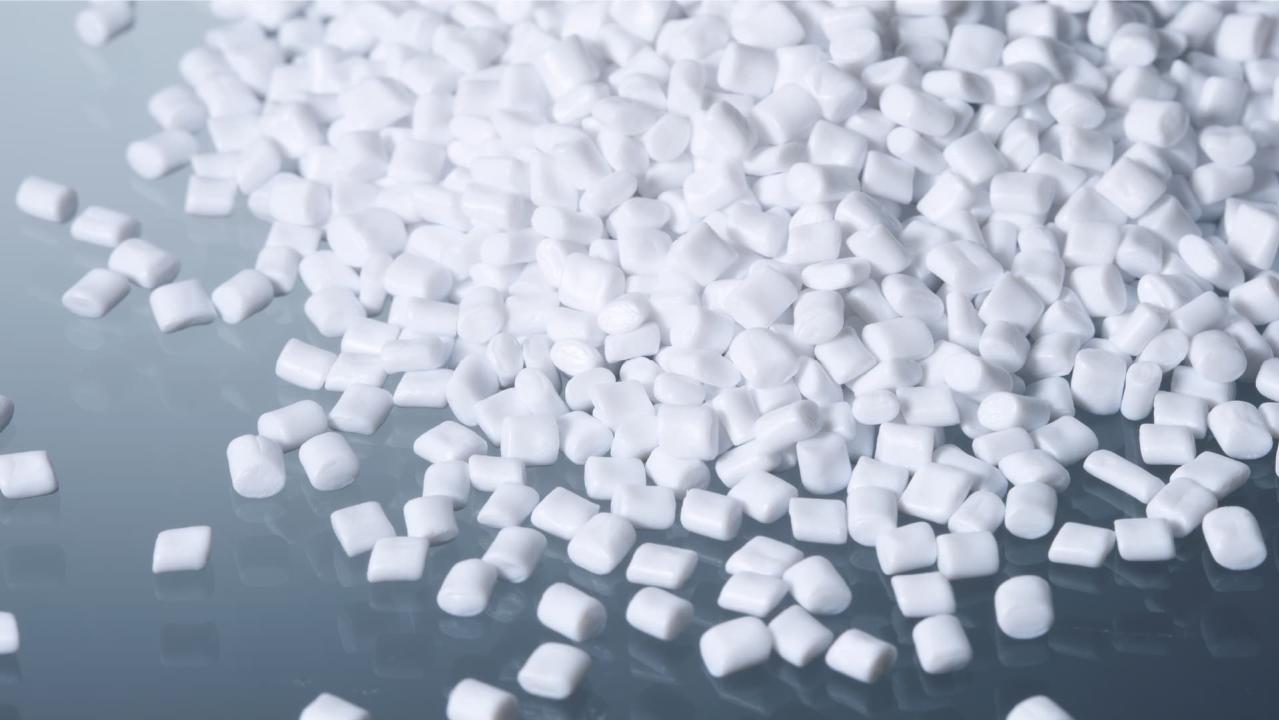Polyethylene Naphthalate (PEN) has
emerged as a key polymer in modern industries, recognized for its superior
performance in challenging environments. Known for its excellent mechanical
properties, thermal stability, and barrier effectiveness, PEN is utilized in a
variety of advanced applications.
The
Structure and Synthesis of Polyethylene Naphthalate
Polyethylene Naphthalate is
synthesized through a polycondensation reaction between ethylene glycol and
naphthalene-2,6-dicarboxylic acid (NDC). The naphthalene ring in its molecular
structure, in contrast to the benzene ring in polyethylene terephthalate (PET),
provides PEN with its unique properties. The rigidity of the naphthalene ring
enhances the polymer’s mechanical strength and thermal resistance.
This structural difference also
contributes to Polyethylene
Naphthalate enhanced barrier properties, making it more resistant to
gas and moisture permeation compared to PET. The material’s improved
performance in these areas has led to its widespread adoption in applications
requiring durability and protection from environmental factors.
Properties
That Set PEN Apart
Polyethylene Naphthalate exhibits a
combination of properties that make it ideal for high-performance applications:
- Thermal Performance:
- PEN offers a high glass transition temperature (Tg) of around 120-130°C,
- allowing it to maintain its mechanical properties in high-temperature
- environments. This is significantly higher than PET, making PEN suitable
- for applications where resistance to heat is critical.
- Mechanical Durability:
- PEN exhibits greater tensile strength and rigidity than other comparable
- polymers. Its superior mechanical properties allow it to withstand
- physical stress and maintain its integrity over prolonged use. This is
- particularly valuable in the production of films, fibers, and structural
- components.
- Barrier Properties:
- PEN provides exceptional protection against gases, including oxygen and
- carbon dioxide, as well as moisture. These barrier properties are superior
- to those of PET, making PEN a preferred material for use in packaging
- where long-term preservation of contents is required.
- Chemical Resistance:
- The chemical stability of PEN is another important factor in its
- versatility. It resists degradation from exposure to acids, solvents, and
- other harsh chemicals, which expands its usability in industrial and
- consumer-facing applications.
- Optical Properties:
- PEN has excellent optical clarity and transparency, which has made it a
- go-to material for applications requiring clear films or substrates.
- Additionally, its low birefringence makes it suitable for precision
- optical components such as lenses and display films.
Advanced
Applications of Polyethylene Naphthalate
- Flexible Electronics:
- In the rapidly evolving field of flexible electronics, PEN is used as a
- substrate material for flexible printed circuit boards and other
- components. Its flexibility, thermal stability, and chemical resistance
- make it ideal for use in bendable electronic devices, offering durability
- without sacrificing performance.
- Food and Beverage Packaging: PEN’s superior barrier properties have made it a
- popular choice for food and beverage containers, particularly for
- carbonated drinks. By minimizing the permeation of gases and moisture, PEN
- helps maintain the freshness of beverages while extending their shelf
- life.
- Optical Components and Films: PEN films are commonly used in the production of
- optical components, including LCD screens, touch panels, and photovoltaic
- cells. The material’s transparency and low birefringence ensure
- high-quality visual performance, while its thermal and mechanical
- stability provide longevity in these applications.
- High-Performance Fibers: PEN fibers are stronger and more durable than
- traditional PET fibers, making them ideal for industrial textiles and
- high-performance fabrics. These fibers are used in everything from sports
- apparel to automotive applications, where strength, flexibility, and
- resistance to environmental factors are essential.
- Magnetic and Data Storage: PEN’s dimensional stability and durability at
- elevated temperatures make it an excellent choice for use in the
- production of magnetic and optical storage media, such as DVDs and data
- tapes. Its ability to retain structural integrity over time ensures that
- data can be stored reliably.
Explore More related Articles Low-Density
Missing comfort of reading
report in your local language? Find your preferred language :
·
·
·
·
·
·
·
·

